
In mathematics, topology is concerned with the properties of a geometric object that are preserved under continuous deformations, such as stretching, twisting, crumpling, and bending; that is, without closing holes, opening holes, tearing, gluing, or passing through itself.
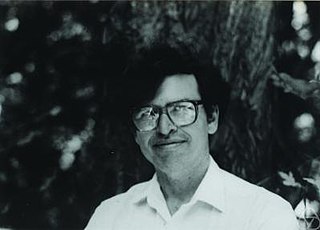
William Paul Thurston was an American mathematician. He was a pioneer in the field of low-dimensional topology and was awarded the Fields Medal in 1982 for his contributions to the study of 3-manifolds.

In mathematics, low-dimensional topology is the branch of topology that studies manifolds, or more generally topological spaces, of four or fewer dimensions. Representative topics are the structure theory of 3-manifolds and 4-manifolds, knot theory, and braid groups. This can be regarded as a part of geometric topology. It may also be used to refer to the study of topological spaces of dimension 1, though this is more typically considered part of continuum theory.

Sergei Petrovich Novikov is a Soviet and Russian mathematician, noted for work in both algebraic topology and soliton theory. In 1970, he won the Fields Medal.
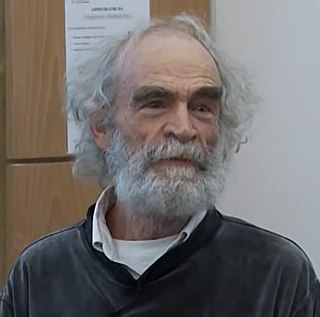
Mikhael Leonidovich Gromov is a Russian-French mathematician known for his work in geometry, analysis and group theory. He is a permanent member of Institut des Hautes Études Scientifiques in France and a professor of mathematics at New York University.
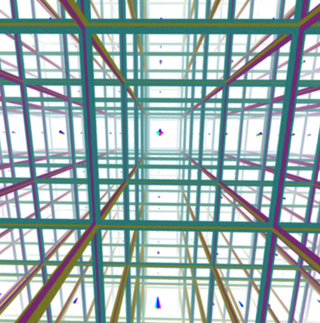
In mathematics, a 3-manifold is a topological space that locally looks like a three-dimensional Euclidean space. A 3-manifold can be thought of as a possible shape of the universe. Just as a sphere looks like a plane to a small enough observer, all 3-manifolds look like our universe does to a small enough observer. This is made more precise in the definition below.
In an area of mathematics called differential topology, an exotic sphere is a differentiable manifold M that is homeomorphic but not diffeomorphic to the standard Euclidean n-sphere. That is, M is a sphere from the point of view of all its topological properties, but carrying a smooth structure that is not the familiar one.
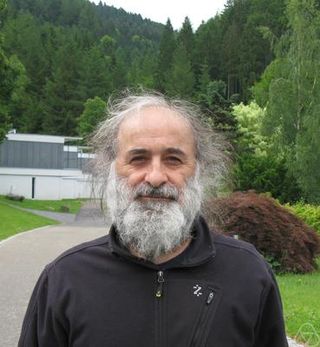
Selman Akbulut is a Turkish mathematician, specializing in research in topology, and geometry. He was a professor at Michigan State University until February 2020.
In mathematics, real algebraic geometry is the sub-branch of algebraic geometry studying real algebraic sets, i.e. real-number solutions to algebraic equations with real-number coefficients, and mappings between them.

Jeff Cheeger is a mathematician. Cheeger is professor at the Courant Institute of Mathematical Sciences at New York University in New York City. His main interests are differential geometry and its connections with topology and analysis.
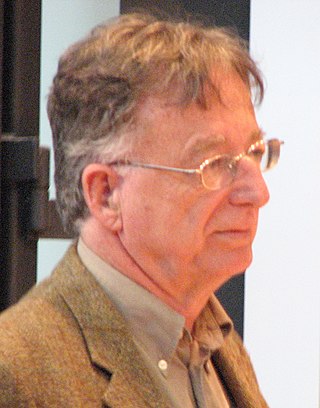
Dennis Parnell Sullivan is an American mathematician known for his work in algebraic topology, geometric topology, and dynamical systems. He holds the Albert Einstein Chair at the City University of New York Graduate Center and is a distinguished professor at Stony Brook University.
In mathematics, specifically geometry and topology, the classification of manifolds is a basic question, about which much is known, and many open questions remain.
The mathematician Shmuel Aaron Weinberger is an American topologist. He completed a PhD in mathematics in 1982 at New York University under the direction of Sylvain Cappell. Weinberger was, from 1994 to 1996, the Thomas A. Scott Professor of Mathematics at the University of Pennsylvania, and he is currently the Andrew MacLeish Professor of Mathematics and chair of the Mathematics department at the University of Chicago.
James W. Cannon is an American mathematician working in the areas of low-dimensional topology and geometric group theory. He was an Orson Pratt Professor of Mathematics at Brigham Young University.

Leon Melvyn Simon, born in 1945, is a Leroy P. Steele Prize and Bôcher Prize-winning mathematician, known for deep contributions to the fields of geometric analysis, geometric measure theory, and partial differential equations. He is currently Professor Emeritus in the Mathematics Department at Stanford University.

Jonathan Micah Rosenberg is an American mathematician, working in algebraic topology, operator algebras, K-theory and representation theory, with applications to string theory in physics.
Julius L. Shaneson is an American mathematician. He works at the University of Pennsylvania, where he was department chair from 2002 to 2006 and is currently the Class of 1939 Professor of Mathematics.
Wu-Chung Hsiang is a Chinese-American mathematician, specializing in topology. Hsiang served as chairman of the Department of Mathematics at Princeton University from 1982 to 1985 and was one of the most influential topologists of the second half of the 20th century.
Dieter Kotschick is a German mathematician, specializing in differential geometry and topology.
This is a timeline of bordism, a topological theory based on the concept of the boundary of a manifold. For context see timeline of manifolds. Jean Dieudonné wrote that cobordism returns to the attempt in 1895 to define homology theory using only (smooth) manifolds.











